Publications
Articles, publications, books, tools and multimedia features from the U.S. Institute of Peace provide the latest news, analysis, research findings, practitioner guides and reports, all related to the conflict zones and issues that are at the center of the Institute’s work to prevent and reduce violent conflict.
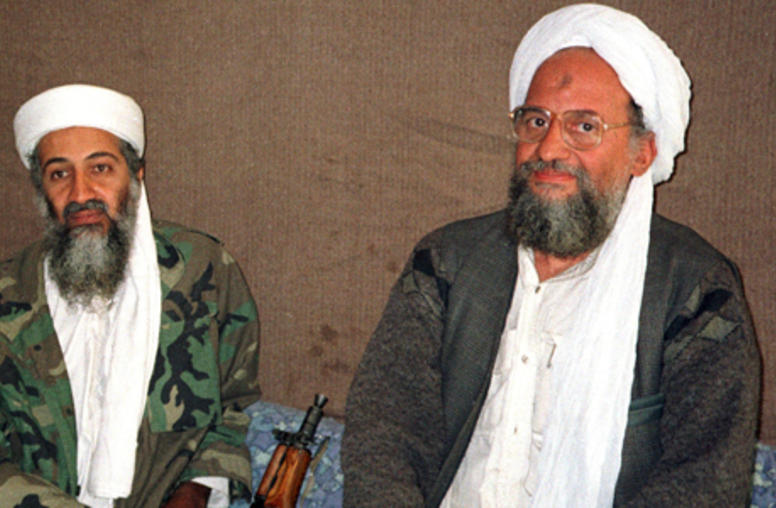
The Jihadi Threat 3: Whither al-Qaeda?
Once the uncontested leader of global jihadism, al-Qaeda has been dealt two blows since 2011: its charismatic leader, Osama bin Laden, was killed by the United States in May 2011; and in mid-2014, it was eclipsed by ISIS and a new “caliphate.” Al-Qaeda’s shift away from public view may be strategic and deliberate. It has shaped global jihadism in subtle and shadowy ways in recent years, even as it faded from public view.

The Jihadi Threat 4: Whither Jabhat Fateh al-Sham?
By 2016, Jabhat Fateh al-Sham in Syria (originally known as the Nusra Front) was al-Qaeda’s most successful franchise. Its name means Front for the Conquest of Sham (an area that covers more than Syria). It was formally announced in 2012, but it had roots in earlier incarnations as both al-Qaeda in Iraq (2004–06) and the Islamic State of Iraq (2006–13). It grew out of the Islamic State of Iraq’s decision, in mid-2011, to send seven fighters to Syria to provide logistical support for jihadists...
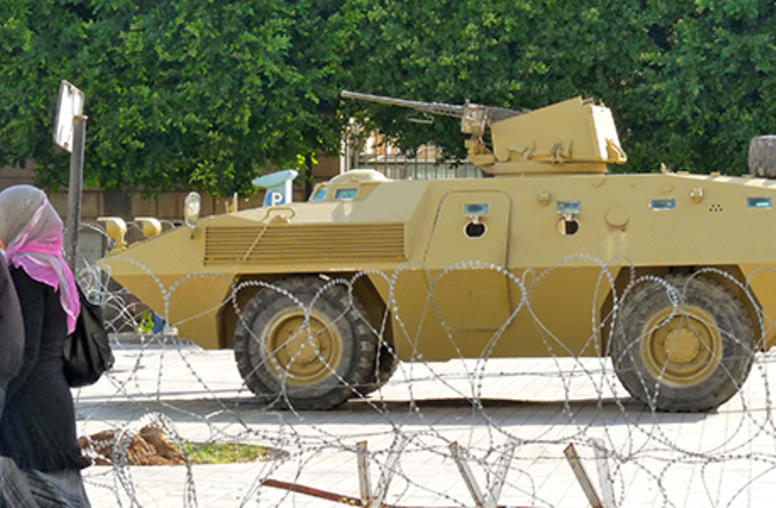
The Jihadi Threat 5: Drivers of Extremism
Jihadism has always been produced by a confluence of factors. Some individuals are motivated to join jihadist movements by ideology, the desire for meaning and belonging, anger at the West, even wanderlust. Other conditions enable jihadism to flourish. They include the volatile mix of shifting demographics, notably a surge of youth, higher literacy, and greater social aspirations intersecting with economic woes, growing unemployment, and deepening political malaise or disillusionment. The mix...
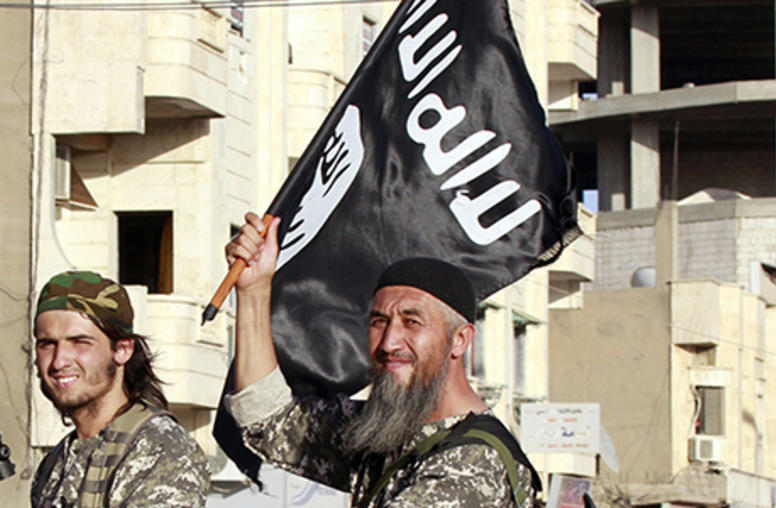
The Jihadi Threat 6: Policy Considerations
The Muslim world is in a deep state of flux. A confluence of trends—ideological, geostrategic, sectarian, demographic, economic, and social—will shape the future of jihadism. In crafting policies to deal with jihadi movements, the United States and its allies face complex challenges. They cannot fight terrorism by simply “fighting” terrorism. Military means can disrupt, but they can’t permanently dismantle or reverse a trend initially spawned by deep political discontent.
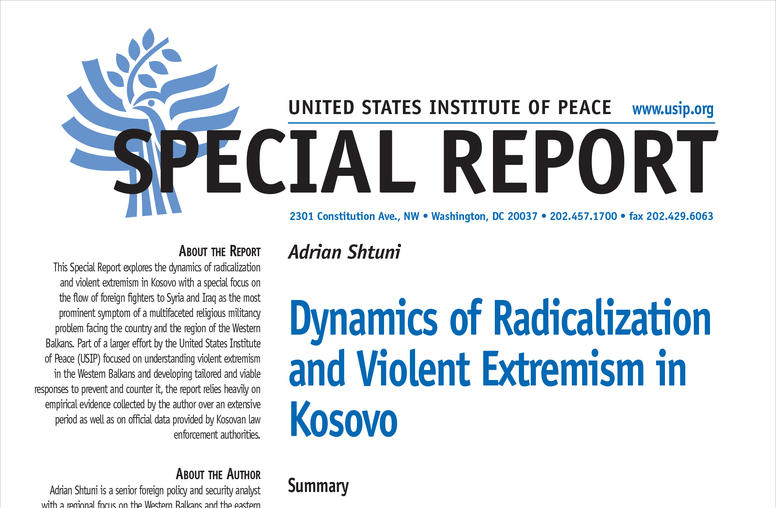
Dynamics of Radicalization and Violent Extremism in Kosovo
Relying in large part on primary empirical evidence, this report explores the dynamics of violent extremism in Kosovo and the disproportionately high number of radicalized fighters from the region in Syria and Iraq. Examining the historic, cultural, geopolitical, and socioeconomic factors behind the phenomenon, it focuses on the flow as a symptom of a larger religious militancy problem within the country and offers recommendations on countering that challenge.

Learning Lessons: Capturing and Institutionalizing Lessons from Complex Stabilization Efforts
To understand how we might better approach lessons learned, SIGAR and the United States Institute of Peace (USIP) co-hosted a workshop titled “How do U.S. Government Agencies Learn from the Past in Complex Stabilization Operations?” on March 23, 2015, at USIP in Washington, DC. Participants from a range of U.S. government agencies, academia, and think tanks, as well as the United Nations and NATO, attended to share their experiences. This report distills the information shared at the workshop...
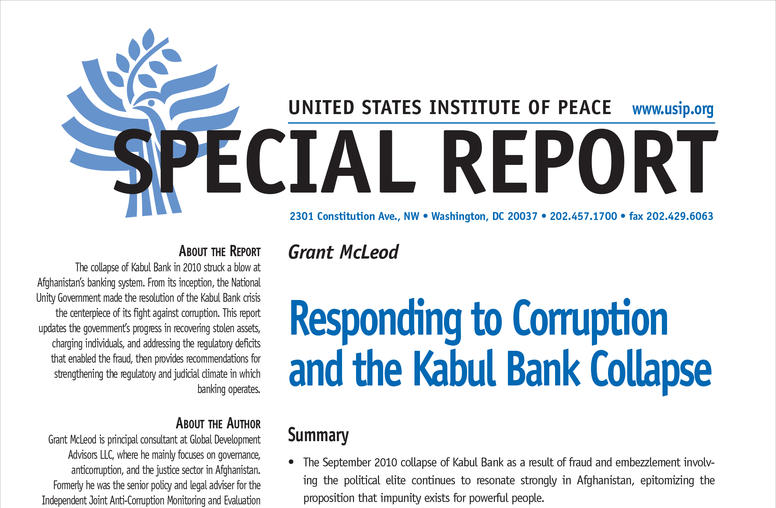
Responding to Corruption and the Kabul Bank Collapse
The 2010 collapse of Kabul Bank, at the time a critically important institution in Afghanistan’s banking system, exposed major regulatory and transaction-related deficits in the system that permitted a large degree of fraud. The involvement of the political elite in the fraud made recovering funds and prosecuting cases extremely difficult. The resolution of the criminal elements and recovery of missing funds have faced the same challenges as before and have fared little better under current p...
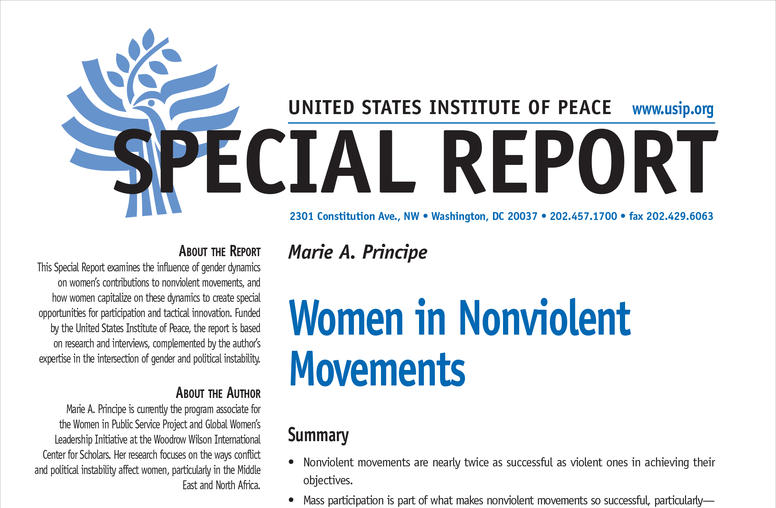
Women in Nonviolent Movements
Women’s meaningful involvement in civil resistance movements has shown to be a game changer. Examining movements in Argentina, Chile, Egypt, Liberia, the Palestinian territories, Poland, Syria, and the United States, this report advocates for the full engagement of women and their networks in nonviolent movements for a simple and compelling reason—because greater female inclusion leads to more sustainable peace.
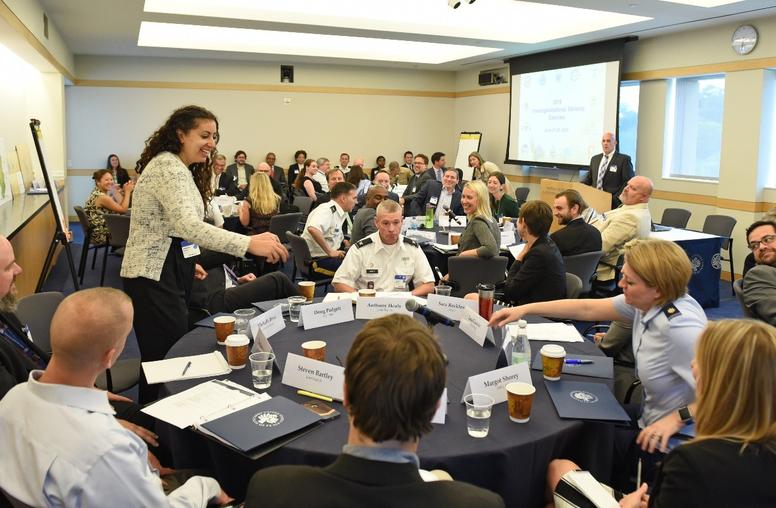
Lake Chad Exercise Demonstrates New Civilian-Military Approach
A group of senior U.S. military and civilian leaders recently agreed to find ways to work together more effectively to counter violent extremism in the volatile Lake Chad Basin of Africa, a region reeling from the casualties and destruction wrought for years by terrorist groups such as Boko Haram. The agreement emerged from a new exercise model...
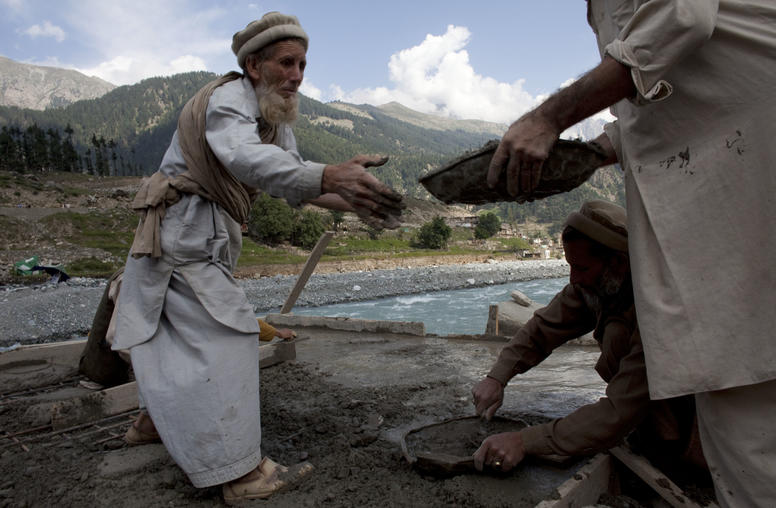
Can Pakistan Disaster-Prevention Tactic Apply to Politics Too?
In the past dozen years, Pakistan has been hit by eight earthquakes, including a magnitude 7.6 trembler that killed more than 86,000 people. The next quake in Pakistan is not a matter of if, but when. So the humanitarian community has focused on a game-changing idea known as resilience—taking actions...